Nationality United States | Name Nettie Stevens | |
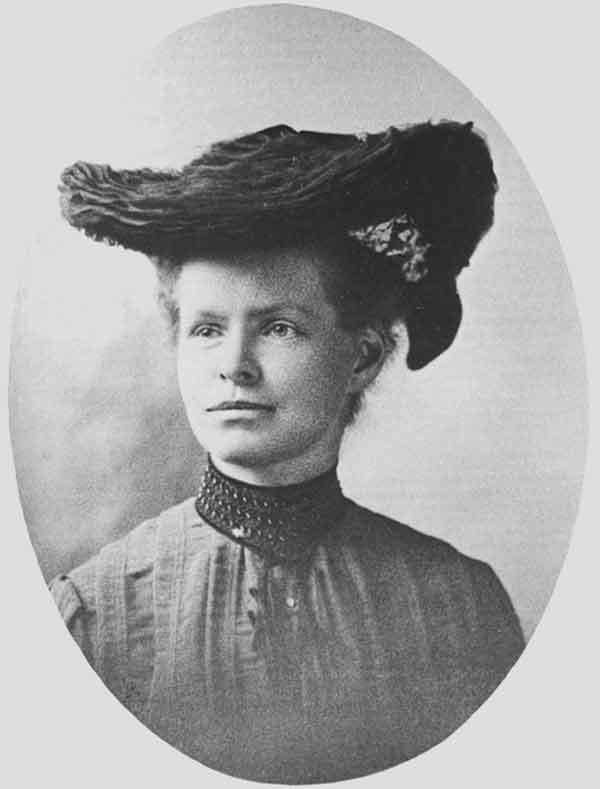 | ||
Alma mater Westfield Normal SchoolStanford UniversityBryn Mawr College Died May 4, 1912, Balti, Maryland, United States Books Studies in Spermatogenesis with Especial Reference to the "Accessory Chromosome" Parts I and II (Illustrated Edition) People also search for Edmund Beecher Wilson, Thomas Hunt Morgan, Alice Middleton Boring | ||
Notable students Alice Middleton Boring Doctoral students Alice Middleton Boring | ||
Nettie stevens google doodle nettie stevens is the discoverer of sex chromosomes
Nettie Maria Stevens (July 7, 1861 – May 4, 1912) was an early American geneticist. In 1906, she discovered that male beetles produce two kinds of sperm, one with a large chromosome and one with a small chromosome. When the sperm with the large chromosome fertilized eggs, they produced female offspring, and when the sperm with the small chromosome fertilized eggs, they produced male offspring. This pattern was observed in other animals, including humans, and became known as the XY sex-determination system. .
Contents
- Nettie stevens google doodle nettie stevens is the discoverer of sex chromosomes
- Nettie stevens 1861 1912 doodle
- Early life
- Education
- Career
- Death
- Quotes
- References
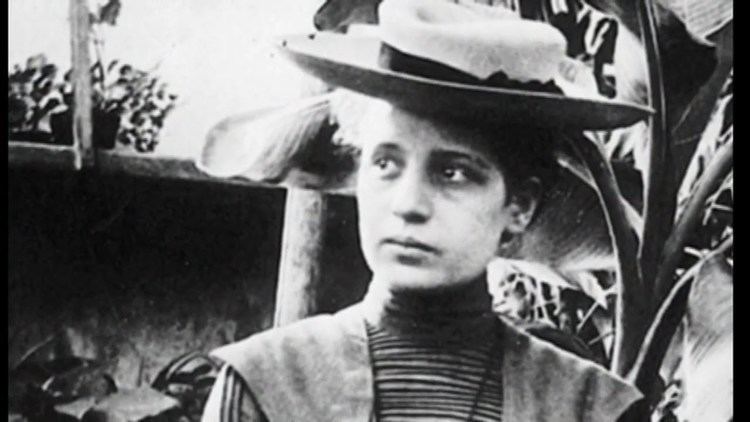
Nettie stevens 1861 1912 doodle
Early life
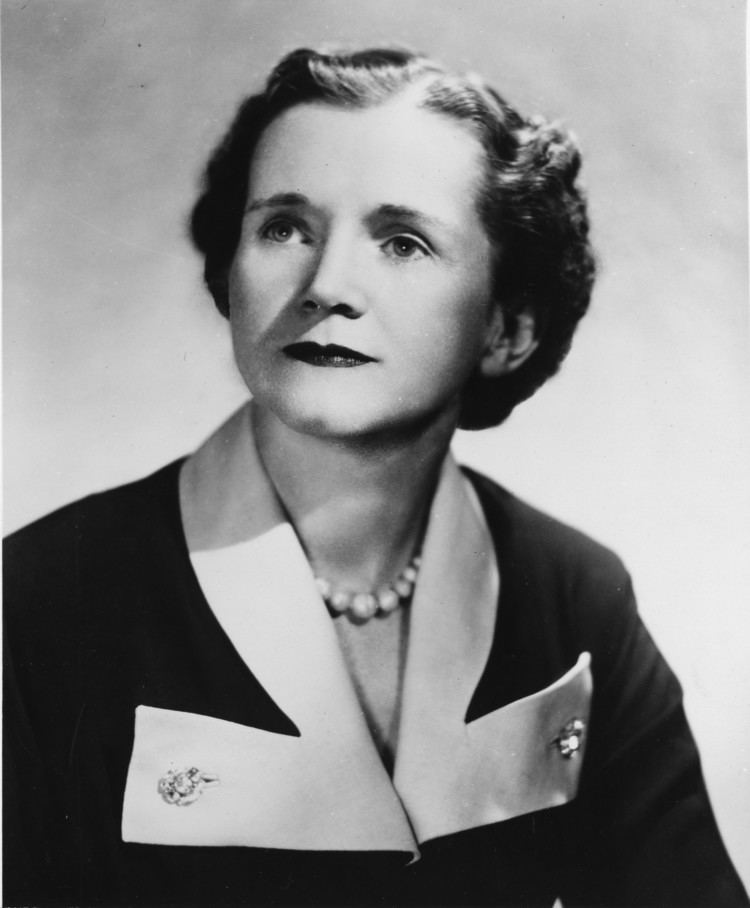
Nettie Maria Stevens was born on July 7, 1861, in Cavendish, Vermont, to Julia (née Adams) and Ephraim Stevens. After the death of her mother, her father remarried and the family moved to Westford, Massachusetts. She graduated from Westford Academy in 1880.
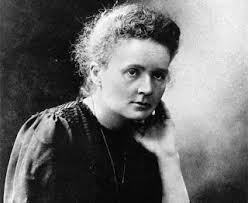
Stevens taught high school and was a librarian. Her teaching duties included courses in physiology and zoology, as well as mathematics, Latin, and English. Her interest in zoology may have been influenced by taking a teacher training course on Martha's Vineyard in the 1890s.
Education

After teaching for three terms, she continued her education at Westfield Normal School (now Westfield State University) completing the four-year course in only two years and being graduated with the highest scores in her class.
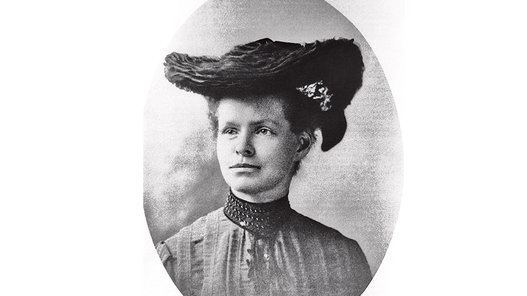
After graduation at the top in her class, she attended Stanford University, where she received her B.A. in 1899 and her M.A. in 1900. She also completed one year of graduate work in physiology under Professor Jenkins and histology and cytology under Professor McFarland. Stevens continued her studies in cytology at Bryn Mawr College, where she obtained her Ph.D. and was influenced by the work of the previous head of the biology department, Edmund Beecher Wilson, and by that of his successor, Thomas Hunt Morgan.
In her first year at Bryn Mawr, Stevens received a graduate scholarship in biology. The following year, she was named a President's European Fellow, and studied at the University of Würzburg, Germany. She also studied marine organisms at Helgoland and Naples Zoological Station. After receiving her Ph.D. from Bryn Mawr, Stevens was given an assistantship at the Carnegie Institute of Washington in the year 1904–1905. Several subsequent studies of germ cells in aphids appeared as a result. One paper (1905) won Stevens an award of $1,000 for the best scientific paper written by a woman. Another work, "Studies in Spermatogenesis," highlighted her entry into the increasingly promising focus of sex-determination studies and chromosomal inheritance. It was at this institute that Stevens had her sex determination work published as a report in 1905. At Bryn Mawr, Stevens focused on topics such as the regeneration in primitive multicellular organisms, the structure of single cell organisms, the development of sperm and eggs, germ cells of insects, and cell division in sea urchins and worms. In 1908, Stevens received the Alice Freeman Palmer Fellowship from the Association of Collegiate Alumnae, now the American Association of University Women. During her fellowship year, Stevens studied at the Naples Zoological Station and the University of Wurzburg, in addition to visiting laboratories throughout Europe.
Career
Stevens was one of the first American women to be recognized for her contribution to science. She did not start her research until her thirties and completed her Ph.D. in 1903. Her research was completed at Bryn Mawr College. Her highest rank attained was the associate in experimental morphology (1905–1912). She successfully expanded the fields of genetics, cytology, and embryology.
Stevens failed to gain a full regular university position, however, she achieved a research career at leading marine stations and laboratories. Her record of 38 publications includes several major contributions which further the emergence of ideas of chromosomal heredity. As a result of her research, Stevens provided critical evidence for Mendelian and chromosomal theories of inheritance.
Stevens worked to be able to become a full researcher at Bryn Mawr, however, before she could take the research professorship offered to her, she died on May 4, 1912, of breast cancer at Johns Hopkins Hospital.
Following her death, Thomas Hunt Morgan wrote an extensive obituary for the journal Science. In an earlier letter of recommendation he wrote, "Of the graduate students that I have had during the last twelve years I have had no one that was as capable and independent in research as Miss Stevens."
Using observations of insect chromosomes she discovered that, in some species, chromosomes are different among the sexes. The discovery was the first time that observable differences of chromosomes could be linked to an observable difference in physical attributes (i.e., whether an individual is male or female). This work was done in 1905. The experiments completed to determine this used a range of insects. She identified the Y chromosome in the mealworm, Tenebrio. She deduced that the chromosomal basis of sex depended on the presence or absence of the Y chromosome. Studying egg tissue and fertilization process, Stevens proposed that chromosomes always existed in pairs and that the Y chromosome was the pair of the X chromosome discovered in 1890 by Hermann Henking. She realized that the previous idea of Clarence Erwin McClung, that the X chromosome determines sex, was wrong and that sex determination is, in fact, due to the presence or absence of the Y chromosome. Stevens named the chromosome "Y" simply to follow on from Henking's "X" alphabetically. Wilson performed tests only on the testes as eggs were too fatty for his staining procedures. After her discoveries, Wilson reissued his original paper and acknowledged Stevens for this finding.
At Bryn Mawr, Stevens bred Drosophila melanogaster in the laboratory as subjects of her research some years before Morgan adopted it as his model organism.
Death
At 50 years old, and only 9 years after completing her Ph.D., Stevens died of breast cancer on May 4, 1912 in Baltimore, Maryland. Her career span was short, but she published approximately 40 papers. Nettie Maria Stevens was buried in the Westford, Massachusetts, cemetery alongside the graves of her father, Ephraim, and her sister, Emma.
Quotes
Her single-mindedness and devotion, combined with keen powers of observation; her thoughtfulness and patience, united to a well-balanced judgment, account, in part, for her remarkable accomplishment.
Modern cytological work involves an intricacy of detail, the significance of which can be appreciated by the specialist alone; but Miss Stevens had a share in a discovery of importance, and her work will be remembered for this, when the minutiae of detailed investigations that she carried out have become incorporated in the general body of the subject.
